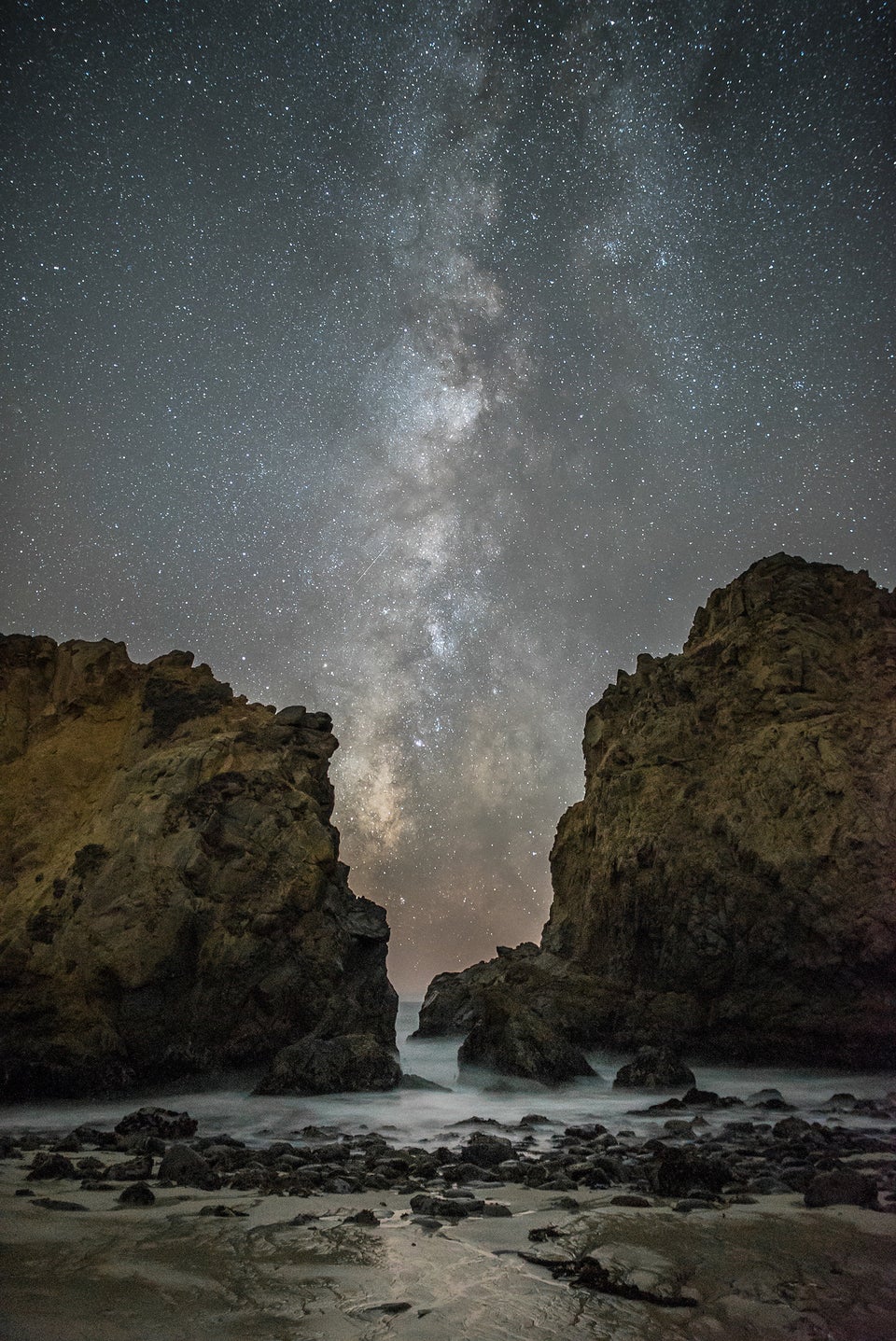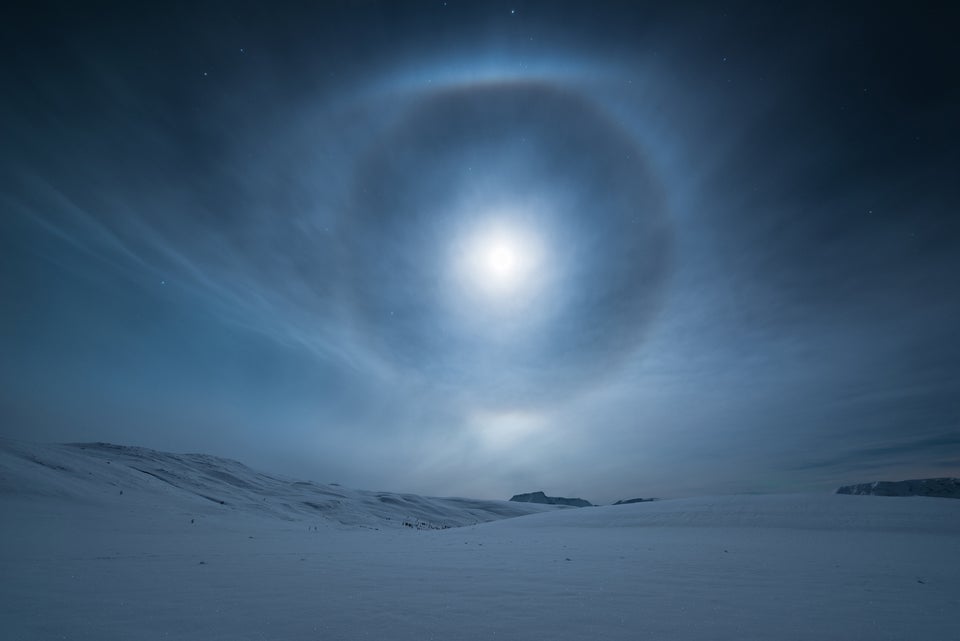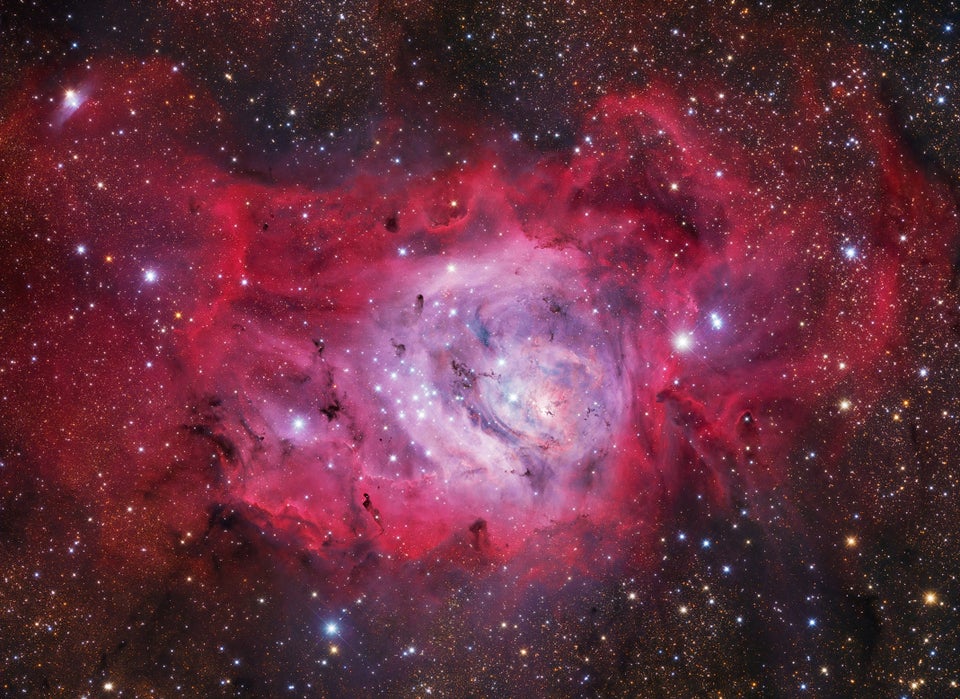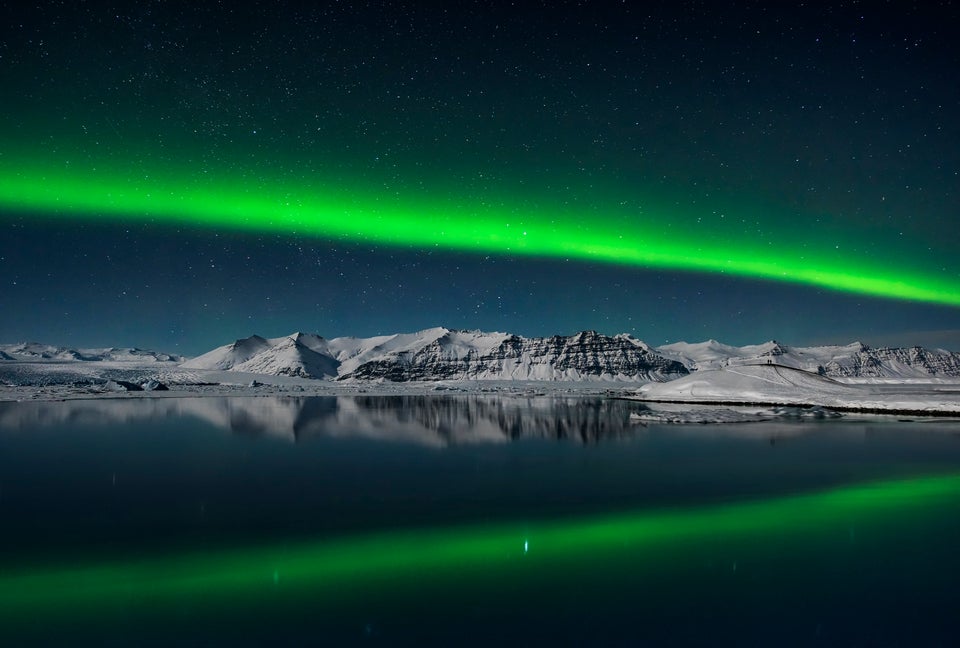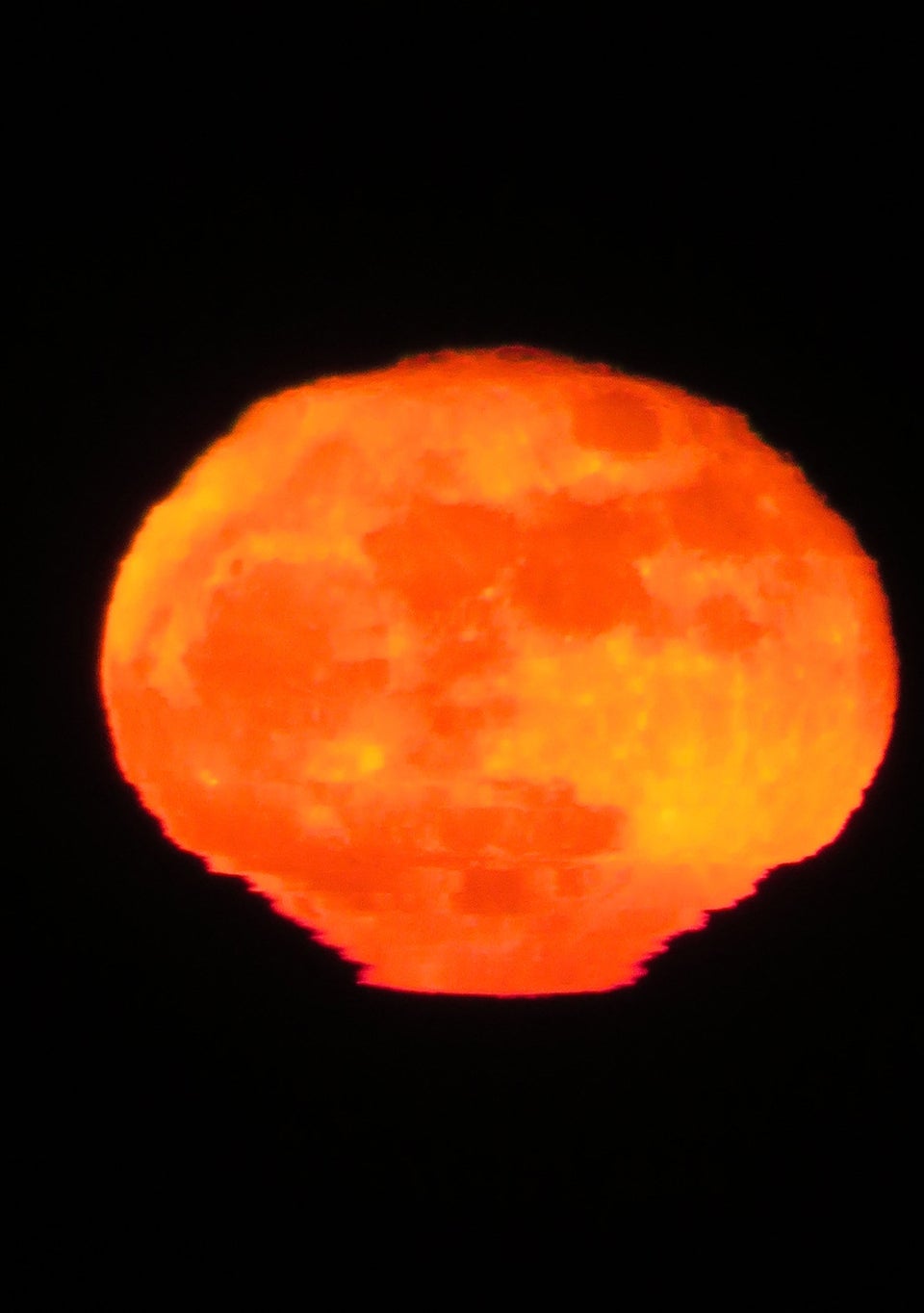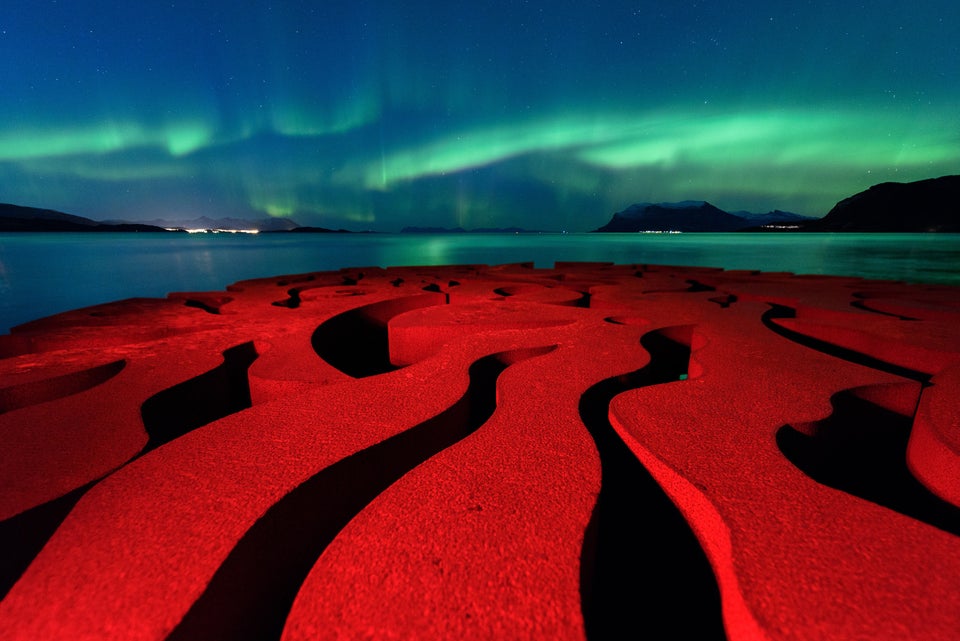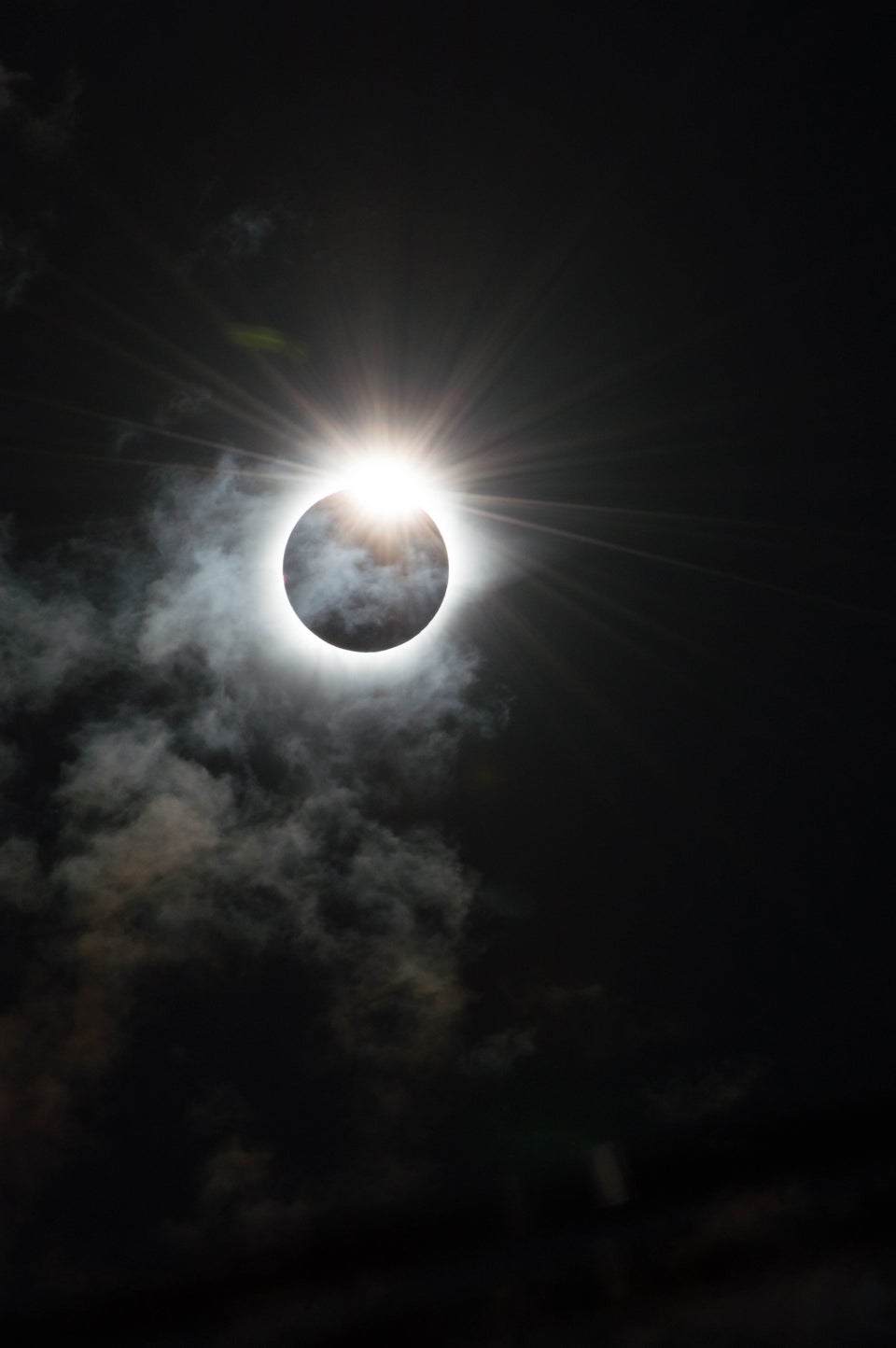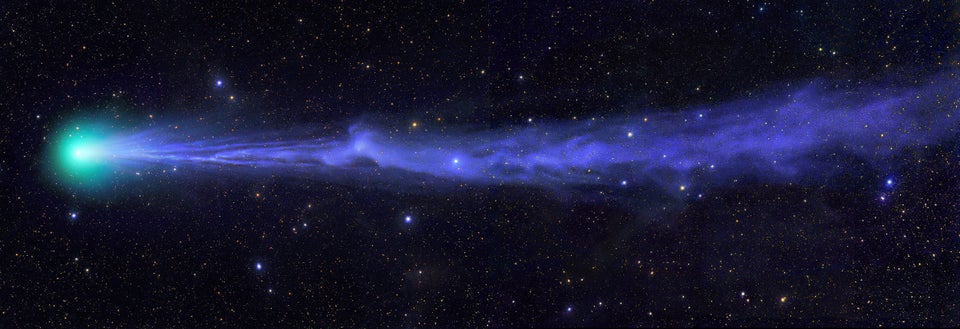Fast Radio Bursts are one of the universe’s most tantalising mysteries.
These huge cosmic signals appear and then disappear with almost no warning and have been baffling scientists for years.
What we do know is that whatever is causing them must be almost unimaginably powerful.
The first was heard in 2007 by the Australian Parkes Telescope and only 17 have been detected since.
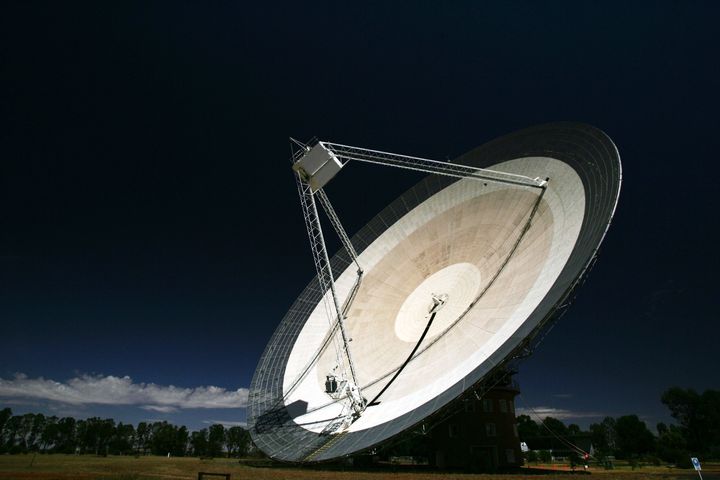
Now though, scientists may finally have been able to pinpoint exactly where one of these FRBs are coming from.
In 2012 one of these radio bursts was detected, however unlike the others it kept repeating itself allowing scientists to use further telescopes to lock onto it and start tracking it.
Now scientists from McGill University in Montreal, Canada believe they’ve found its home.
“Now we know that at least one of these FRBs originated within a dwarf galaxy located some three billion light-years beyond our Milky Way galaxy,” said McGill University postdoctoral researcher Shriharsh Tendulkar.
“The host galaxy for this FRB appears to be a very humble and unassuming dwarf galaxy, which is less than 1% of the mass or our Milky Way galaxy,” Tendulkar explains.

“That’s surprising. One would generally expect most FRBs to come from large galaxies which have the largest numbers of stars and neutron stars ― remnants of massive stars. This dwarf galaxy has fewer stars, but is forming stars at a high rate, which may suggest that FRBs are linked to young neutron stars.”
So what is causing this signal? Well top of the list is something known as a magnetar.
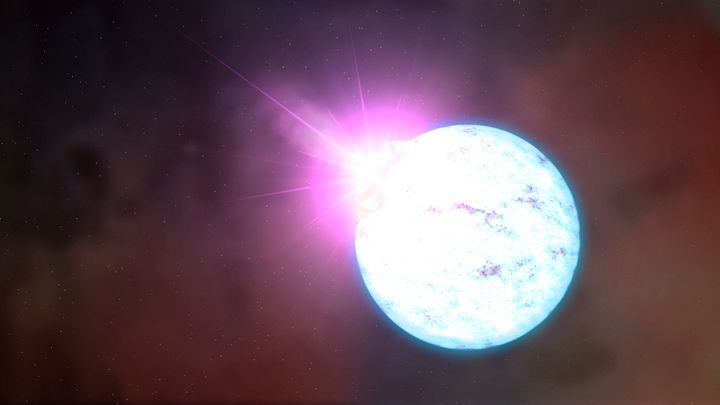
It’s essentially a young neutron star with an unimaginably powerful magnetic field around it.
In case you’re wondering just how powerful it’s 1,000 trillion times stronger than the magnetic field you’re sitting or standing in right now.
What would happen to you if you ever got caught inside such a field? Well as Paul Sutter from the Astronomical Observatory of Trieste puts it, you would quite literally “dissolve”.
While the magnetar might get the award for being one of the coolest objects in the known universe, other possibilities for the FRB could be a supermassive black hole.
So what’s next? “There is still a lot of work to do to unravel the mystery surrounding FRBs,” says McGill physics professor Victoria Kaspi, a senior member of the international team that conducted the new studies.
“But identifying the host galaxy for this repeating FRB marks a big step toward solving the puzzle.”
Astronomy Photographer of the Year: Pictures


